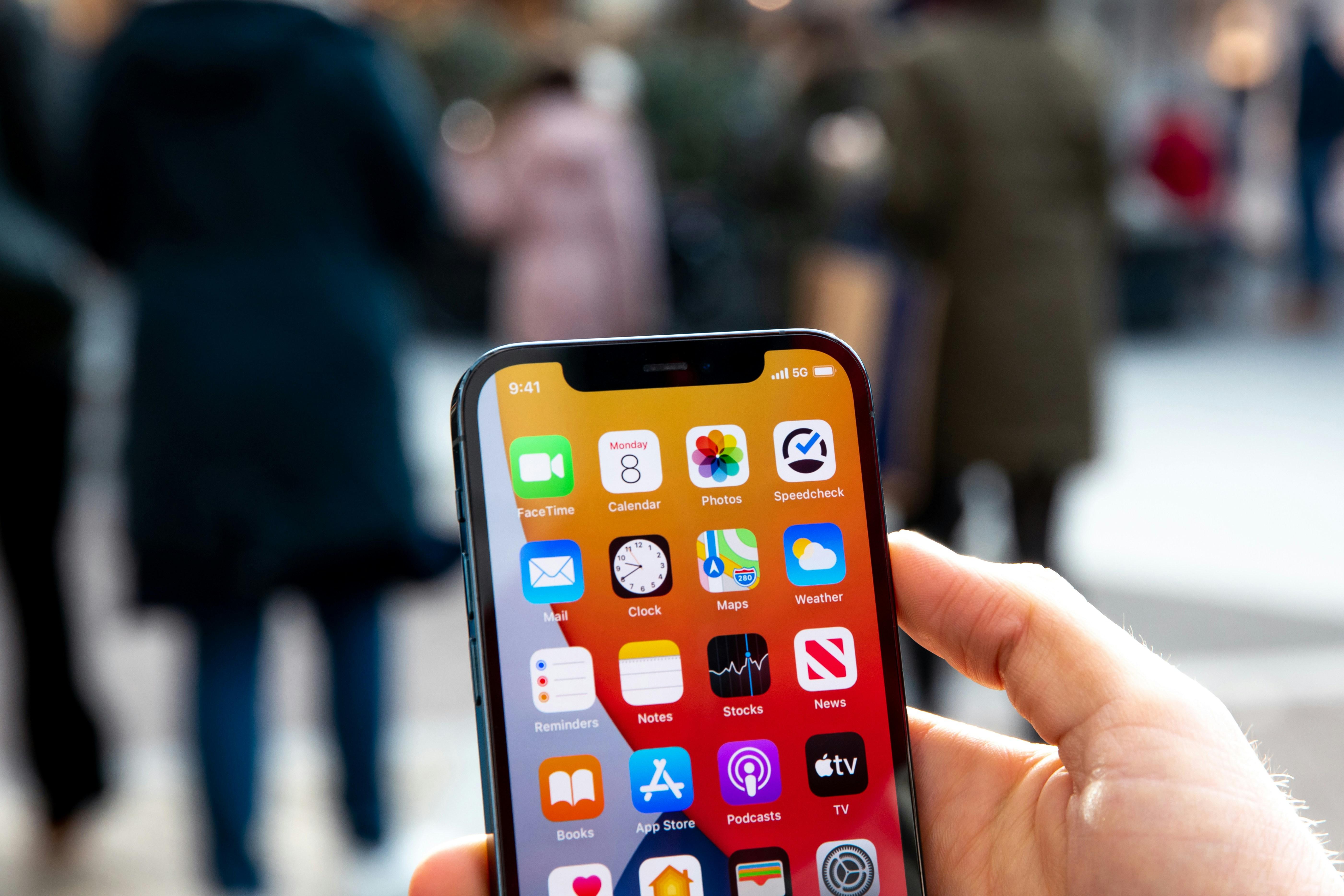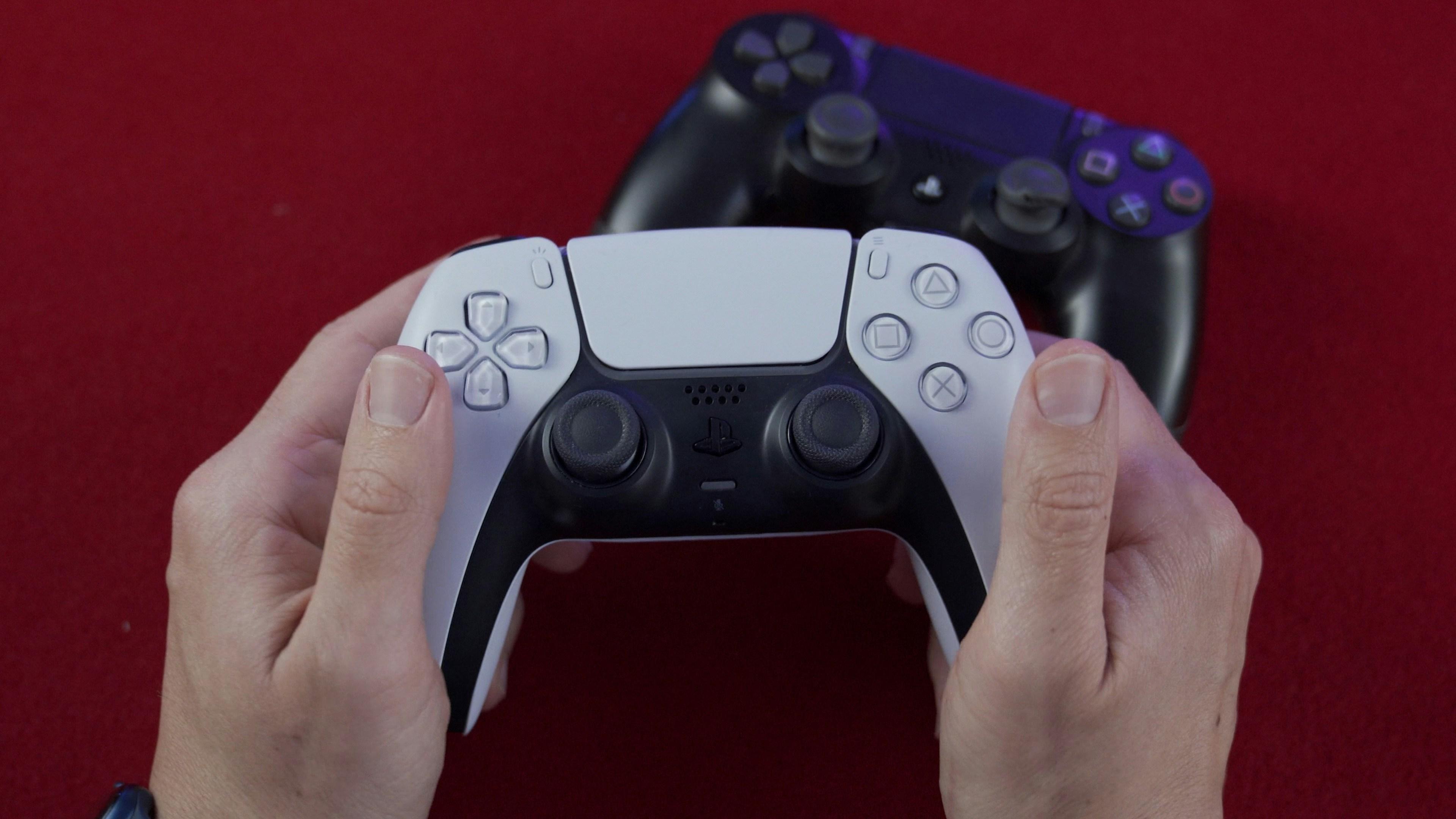In today’s digital age, streaming devices have become a staple for accessing a vast array of entertainment options. However, one persistent issue that can disrupt this seamless experience is buffering. Whether you’re watching your favorite series or tuning into a live event, buffering can be both frustrating and perplexing. This article delves into the common causes behind buffering issues and provides a systematic approach to resolving them. By understanding the underlying factors and implementing targeted solutions, you can enhance your streaming experience and enjoy uninterrupted viewing.
Understanding the Causes of Buffering
Buffering can be a frustrating experience, especially when you’re in the middle of an engaging movie or an intense sports match. Understanding its root causes is essential for troubleshooting and resolving the issue. Network congestion is often a primary culprit. When too many devices are connected to the same network, bandwidth is stretched thin, leading to interruptions. Similarly, internet speed limitations can cause your stream to pause if the data can’t be delivered quickly enough to keep up with playback.
Another factor to consider is the streaming device’s performance. Older devices or those with limited processing power may struggle to handle high-definition streams, resulting in buffering. Additionally, software and firmware issues can hinder performance, making it crucial to keep your device updated. Environmental factors, such as Wi-Fi interference from other electronic devices or physical obstructions, can also disrupt the signal, further exacerbating buffering problems.
- Network congestion – Too many connected devices.
- Internet speed – Insufficient for streaming.
- Device performance – Outdated or slow hardware.
- Software issues - Need for updates.
- Wi-Fi interference – Signal disruption.

Optimizing Your Internet Connection
To enhance your streaming experience, consider several strategies to improve your internet performance. First, check your router placement. Ensure it is centrally located and free from obstructions like walls or large furniture. Next, examine your internet speed; streaming high-definition content requires a robust connection. Use online tools to measure your speed and compare it with your provider’s promised rates.
- Upgrade Your Plan: If your current plan isn’t meeting your needs, consider upgrading to a higher speed tier.
- Reduce Network Congestion: Limit the number of devices connected to your network during streaming to reduce bandwidth usage.
- Use Ethernet: For a more stable connection, connect your streaming device directly to the router using an Ethernet cable.
Additionally, regular router maintenance can significantly impact performance. Rebooting your router periodically can clear temporary network issues. Updating firmware ensures your router operates with the latest security patches and performance enhancements. Implementing these measures can help minimize buffering and provide a smoother viewing experience.

Adjusting Streaming Device Settings
Optimizing your streaming device settings can significantly reduce buffering issues. Start by checking the video quality settings. Most devices allow you to adjust the resolution, so consider lowering it to 720p or even 480p if you’re experiencing consistent buffering. This reduces the data load and can help maintain a smoother stream.
- Bandwidth Prioritization: Enable Quality of Service (QoS) settings on your router to prioritize streaming traffic.
- Background Apps: Ensure that no unnecessary apps are running in the background on your device, as they can consume valuable bandwidth.
- Firmware Updates: Regularly update your device’s firmware to benefit from performance improvements and bug fixes.
Additionally, some streaming devices offer a feature to clear cache data. This can free up memory and potentially improve performance. Always ensure your device is running the latest software version, as updates often include enhancements that can address streaming inefficiencies.

Exploring Advanced Troubleshooting Techniques
When facing persistent buffering issues, it’s essential to delve into more advanced solutions. Start by examining your network’s performance using tools like Wireshark or PingPlotter to identify any anomalies or packet loss. These tools can provide insights into whether the problem lies within your local network or with the internet service provider.
- DNS Configuration: Switching to a faster DNS provider like Google DNS or Cloudflare can sometimes resolve latency issues.
- QoS Settings: Adjust Quality of Service settings on your router to prioritize streaming traffic over other types of data.
- Firmware Updates: Ensure both your router and streaming device are running the latest firmware versions to benefit from performance improvements and bug fixes.
By implementing these techniques, you can significantly enhance streaming performance and reduce buffering disruptions.



